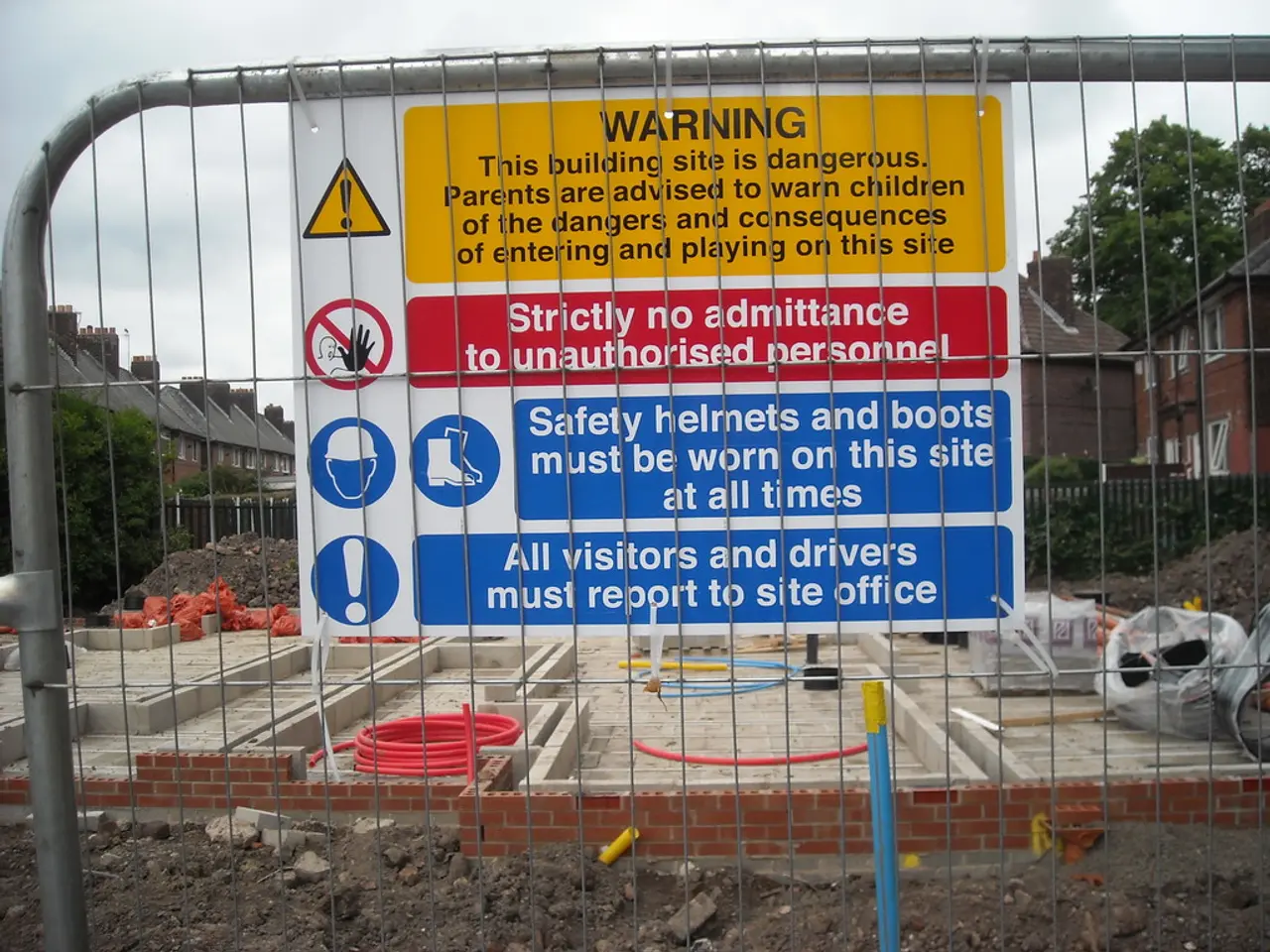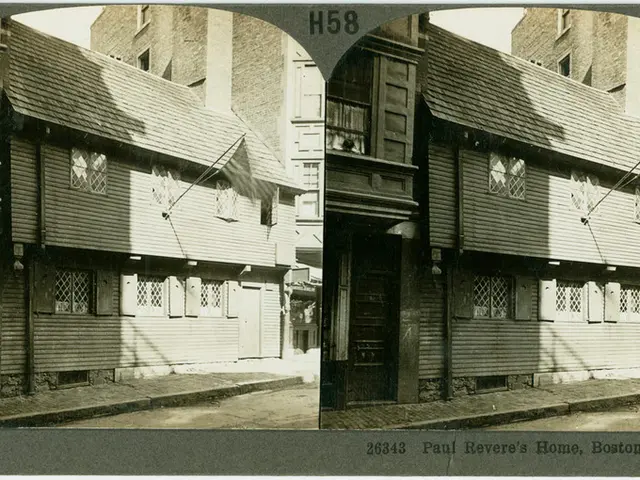Shroud of Mystery Surrounding Gas Export Facilities Keeps Public Ignorant of Potential Risks
In a move aimed at addressing climate change and national security concerns, the Biden administration has temporarily halted permitting for new liquefied natural gas (LNG) terminals. However, this decision has sparked discussions among residents and environmental activists, who argue that they have a right to know the risks to their safety in their homes.
The LNG industry is overseen by three federal agencies: the Pipeline and Hazardous Materials Safety Administration (PHMSA), the Federal Energy Regulatory Commission (FERC), and the U.S. Coast Guard. Yet, concerns remain about the safety of these facilities, with some residents reporting feeling the impact of accidents, like the 2022 explosion at a LNG terminal south of Houston that sent a 450-foot fireball into the sky.
The incident occurred at the Freeport LNG terminal, with residents as far as 3 miles away feeling the impact. However, residents around the terminal have not received any information about the cause of the explosion or safety measures from the company. Similarly, John Allaire, a resident near the Venture Global's Calcasieu Pass LNG terminal, frequently hears internal alarms but is unsure of their cause.
The LNG industry claims its operations are safe, but the information needed to verify this claim is often confidential, as LNG terminals are considered critical infrastructure. Moreover, unlike other industrial facilities, LNG operators do not have to share information about chemicals used onsite or potential impacts on the public.
Some LNG emergency response plans, such as for Freeport LNG, are available and updated regularly, while others, like for the operating Corpus Christi LNG, could not be found. The organization that publishes safety plans for LNG terminals on FERC's website is FERC itself, but a review found that emergency response plans could not be located during the examination.
Furthermore, some computer models used to determine the risks of potential accidents at LNG terminals are proprietary, making it difficult for scientists to verify their findings. This lack of transparency has led Naomi Yoder, a staff scientist at the environmental watchdog Healthy Gulf, to state that if people knew the risks around LNG, there would be public outcry.
Jerry Havens, a professor emeritus of chemical engineering, shares similar sentiments, expressing skepticism about the safety of new LNG terminals due to neglected major hazards. He argues that PHMSA's regulations, which date back to the 1980s, are outdated and do not adequately address the evolution of LNG usage.
PHMSA also does not enforce the Right to Know Act for LNG facilities, and LNG terminals are exempt from the Emergency Planning Community Right to Know Act, unlike refineries or petrochemical plants. This means that residents living near LNG terminals are not always informed about the chemicals used or potential risks associated with these facilities.
Developers and owners of LNG facilities are required to create and regularly update emergency response plans, but public availability is uneven. In some cases, only partial information is publicly available, such as the 11 pages of Venture Global Plaquemines' plan. No publicly available, redacted version could be found for Venture Global's Calcasieu Pass terminal, which is already operating.
Residents and environmental activists, like James Hiatt, continue to press for transparency and the right to know about the risks associated with LNG terminals in their communities. As the Biden administration reconsiders the permitting process for new LNG terminals, these concerns are likely to remain at the forefront of discussions.








